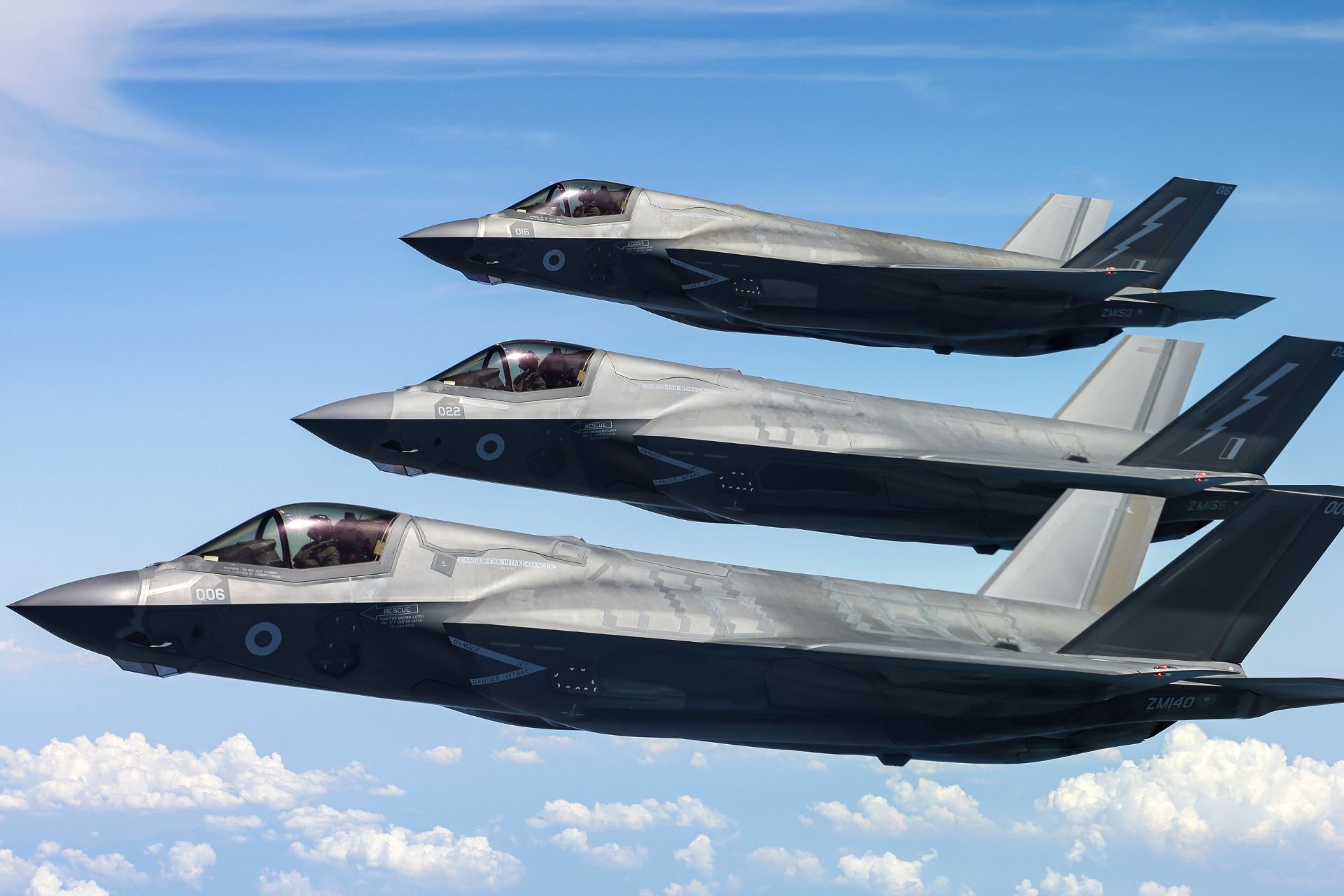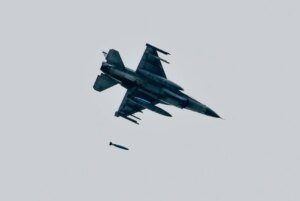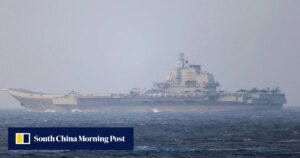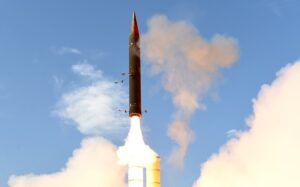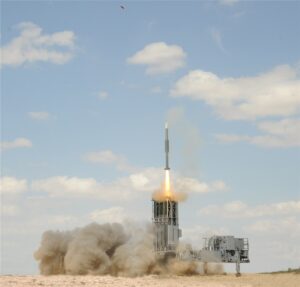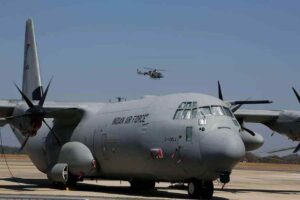英日联手F-35B对抗中国,空中力量合作升级
快速阅读: 2024年,日本、英国和美国首次联合部署F-35B隐形战机,增强南海和台湾海峡的防御能力。日本已拥有18架F-35B,计划2028年前完成两艘直升机航母改造,以应对中国军事活动。
The
F-35B
is currently the only stealth combat aircraft capable of short takeoff and vertical landing. Designed by Lockheed Martin for the U.S. Marine Corps, it combines radar-evading design, supersonic speed, electronic warfare systems, sensor fusion, and networked integration with allied forces. Its STOVL capability is made possible by the patented Shaft-Driven LiftFan propulsion system, enabling the aircraft to operate from short runways, roads, or smaller ships such as converted helicopter carriers.
Japan has ordered a total of 42 F-35B aircraft as part of its 2018 defense modernization program. According to the country’s naval air order of battle, 18 aircraft are currently operational as of 2024. These jets are intended for deployment both from land bases and from the Izumo-class helicopter destroyers, which have been modified to accommodate STOVL aircraft. The first four F-35Bs have recently been assigned to Nyutabaru Air Base in Miyazaki Prefecture, southern Japan. Their deployment, beginning August 7, 2025, is aimed at strengthening the defense of the Nansei Islands, a strategically sensitive area near Taiwan that regularly sees Chinese military overflights.
Meanwhile, the United Kingdom has 18 F-35Bs deployed aboard HMS Prince of Wales, the flagship of Carrier Strike Group 25. Since April, the CSG has been engaged in Operation Highmast, an eight-month deployment led by Commodore James Blackmore. The group includes over 2,500 personnel from the United Kingdom, Norway, Canada, and Spain, and is conducting joint operations and exercises across the Mediterranean, Middle East, Southeast Asia, Japan, and Australia alongside NATO and Indo-Pacific partners.
As part of Operation Highmast, the British task group recently participated in the Talisman Sabre exercise in Australia before setting course for Japan. The group includes allied vessels such as the Canadian frigate Ville de Québec, Spanish frigate Méndez Núñez, Norwegian frigate Roald Amundsen, and British destroyer HMS Dauntless. The current phase of the mission features joint operations between HMS Prince of Wales and the Japanese helicopter destroyer JS Kaga (DDH-184) in the Philippine Sea, with support from the U.S. Navy.
The exercise includes cross-deck F-35B takeoff and landing operations, integrated flight drills, and the possible embarkation of Japanese observers aboard the British carrier. Three British F-35Bs have already been detached to South Korea as part of Operation Hightower, a parallel effort involving allied air assets. Additionally, U.S. Marine Corps F-35Bs from squadron VMFA-242 have recently operated from HMS Prince of Wales, reflecting the trilateral nature of this air interoperability initiative.
This type of exercise addresses several operational objectives. For Japan, it serves to assess its ability to operate a complex system like the F-35B from naval platforms, drawing on British and American operational experience. Japanese pilots, who are still undergoing training with U.S. Marines, are expected to observe launch, recovery, and maintenance procedures firsthand. This effort builds on earlier steps, including a 2023 observer deployment aboard HMS Prince of Wales off the U.S. coast, and follow-up engagements with the Italian aircraft carrier Cavour.
From a military planning perspective, the integration of the F-35B prepares Japan for full sea-based aviation capability by 2028, when both Izumo-class vessels are expected to complete their conversion. The incorporation of F-35Bs into Japan’s force structure marks a strategic shift, reintroducing fixed-wing naval aviation for the first time since World War II. Deploying such platforms from austere bases or ships enhances operational flexibility and resilience amid growing regional threats, particularly from China in the Taiwan Strait and the Senkaku Islands area.
With a range of 1,667 km, a top speed of 1,600 km/h, and a weapons load exceeding 6,800 kg, the F-35B is designed for combined operations in contested environments. It is equipped with the AN/APG-81 AESA radar, AN/ASQ-239 electronic warfare suite, and networked sensor systems providing shared situational awareness and coordinated targeting capabilities.
This first joint deployment of the
F-35B
by Japan, the United Kingdom, and the United States is more than a technical demonstration. It reflects a deliberate move to expand military cooperation among three partners with shared security concerns in the Indo-Pacific. For Japan, it also signals the transition toward an expeditionary air and naval force structure capable of operating under complex threat conditions across a vast maritime theater.
(以上内容均由Ai生成)
